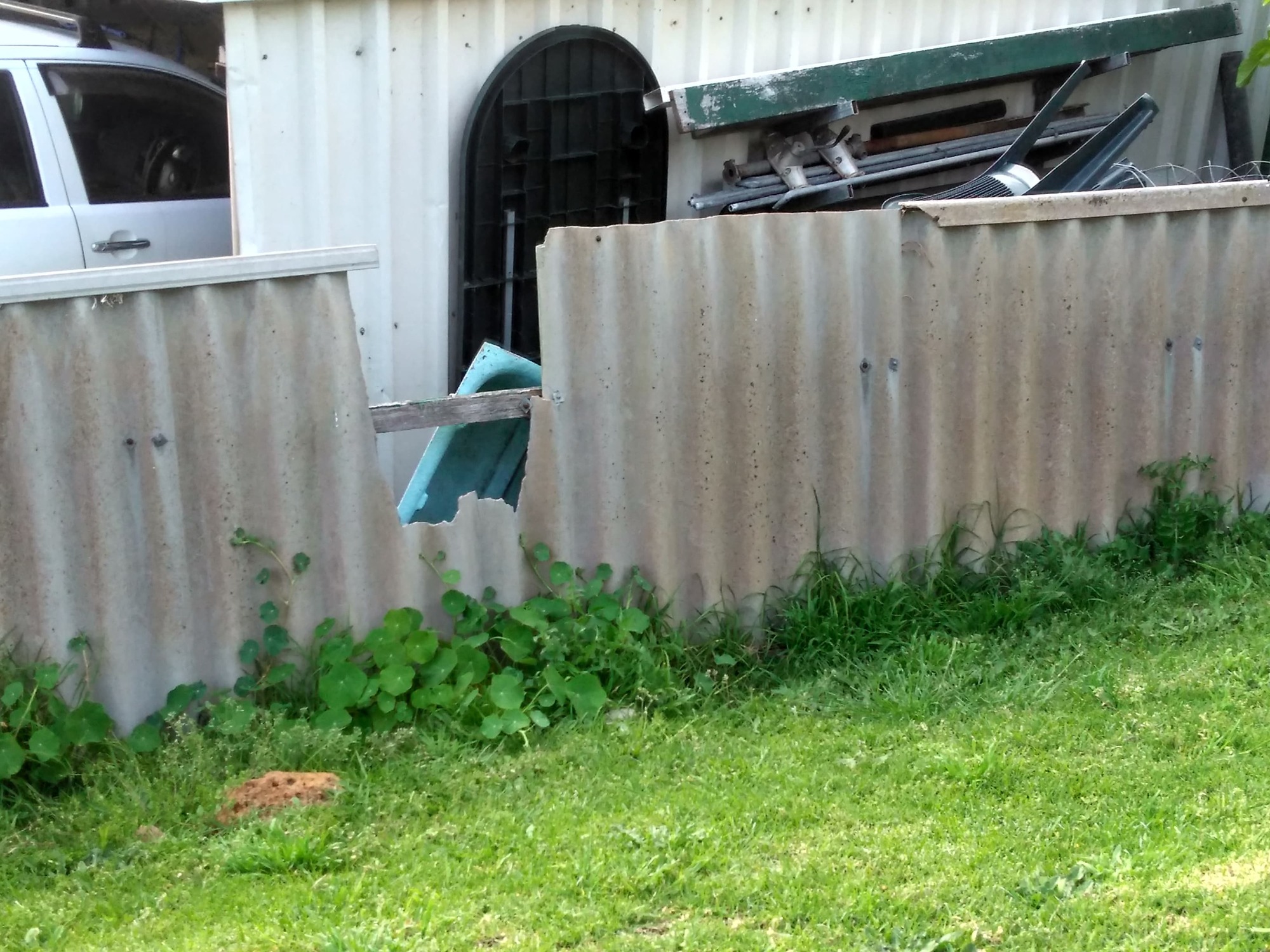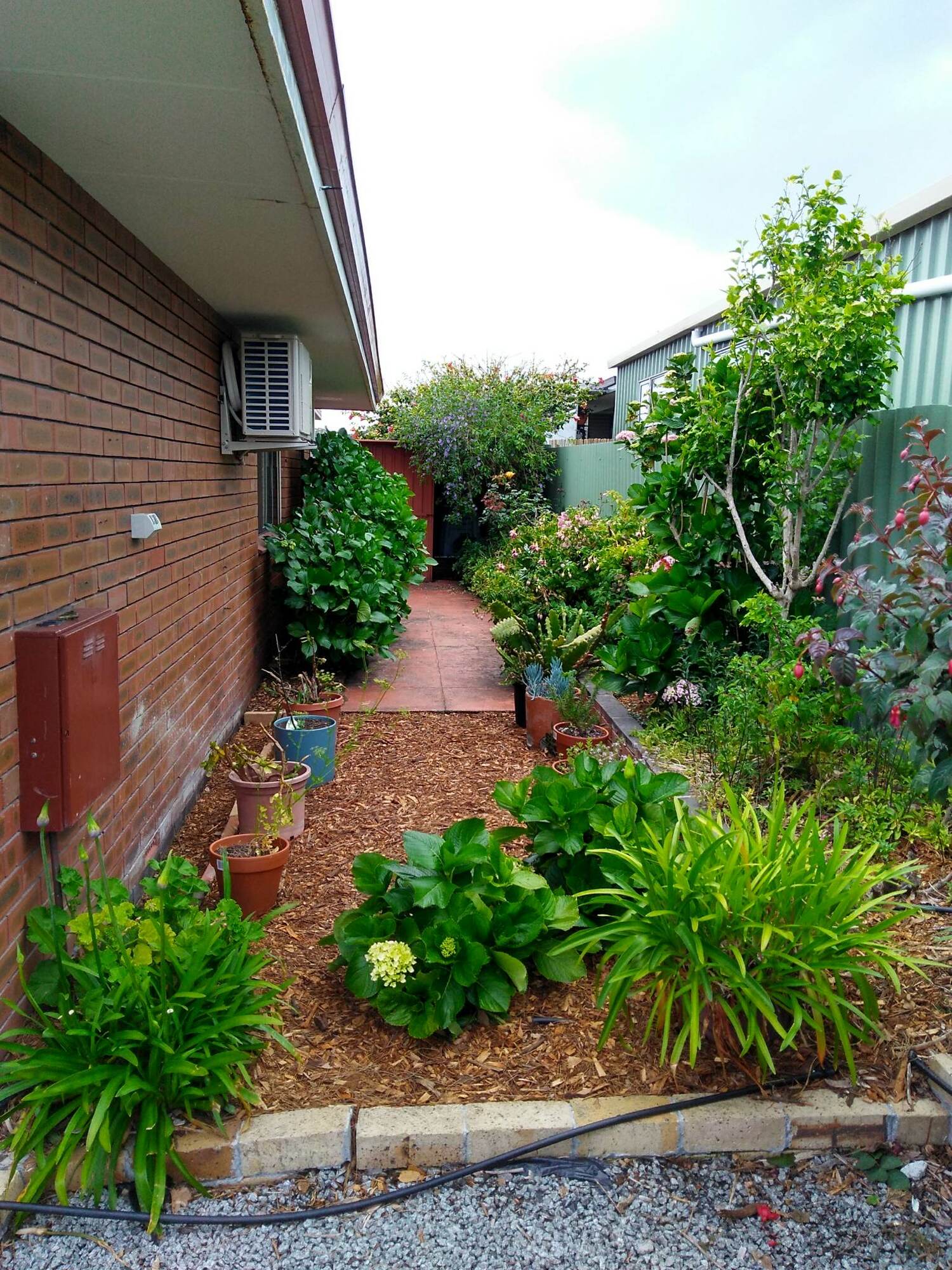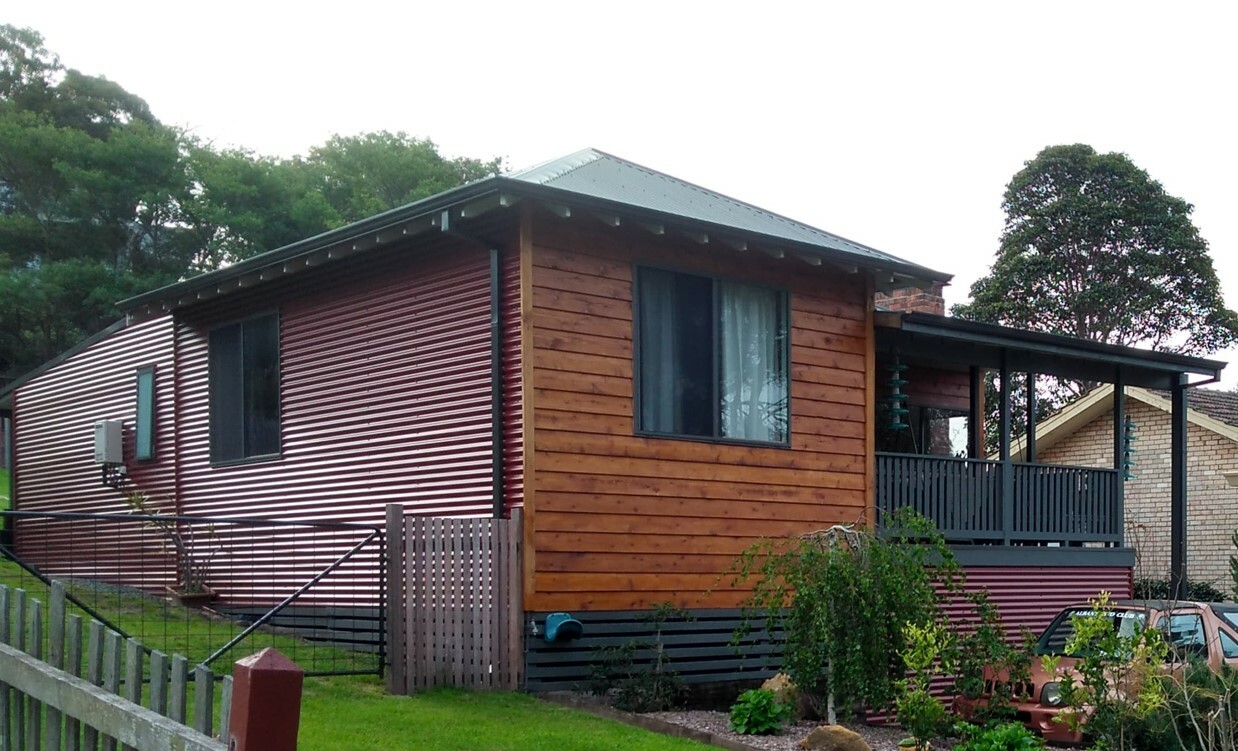Asbestos awareness week (November 22-28) is currently upon us and it serves as a potent reminder that this all-pervasive substance will continue to have a major impact upon us all for years to come. It has certainly had an impact upon both Michael and I and you can read about it in our previous blog entry: A Year in Asbestosville: A Farcical Tale of Systemic Failure.
Firstly, our experience taught us that there is currently not enough legislation in place to protect the health and safety of tenants within the private rental market. It should not have to be reiterated that a duty of care towards occupants must always take priority over everything else. For example, forcing a new tenant to sign a form that acknowledges the presence of asbestos, only to later use it as an excuse to ignore any concerns around friable asbestos exposure, should be illegal. For this reason, it is imperative that we increase funding for tenant advocacy and for legal support services.
Looking back, no one should feel that they must sign a lease knowing that there are cracked and unsealed walls that contain asbestos (on top of all of the other issues that are discussed in the blog). However, under the current paradigm, it is very difficult to make Real Estate agents address such concerns, especially as people are being increasingly forced to accept lower standards of housing in order to get a roof over their heads.
The public housing sector has policies in place to register and monitor asbestos and a similar approach is required in the private housing rental sector too. This would include property managers being trained in asbestos awareness so that they know what to look out for, especially as asbestos can be found in so many places.
It is also crucial that legislation is introduced which makes it compulsory for all houses built before 1990 to be fully assessed by an asbestos professional prior to any lease being signed. This would be followed-up by an asbestos management plan that would have to be made available to both the property manager and tenant. That way, everyone would have peace of mind knowing that all asbestos on the property is being properly maintained and if need be, removed. This would be one component of a broader approach by society as a whole towards gradually phasing all asbestos out of circulation.
While this may seem like a daunting task, it is all the more reason why we should start now as it will likely take generations. In the United Kingdom, a Parliamentary Group on Occupational Safety and Health declared: “the time has come to put in place regulations requiring the safe, phased and planned removal of all the asbestos that still remains in place across Britain.” Such an approach is also required in Australia.
To make this work it will need to be a multi-pronged approach that includes making government grants available to assist with the safe removal of asbestos. For the same reason, we need to make appropriate asbestos disposal a free publicly funded service. This would have the knock-on effect of reducing the amount of illegal asbestos that is dumped every year which, despite being a serious crime, happens all too often.
Financial support should especially be provided to first home owners who often enter into the housing market on a shoe-string budget in order to purchase a run-down property with the intention of doing most of the renovations themselves. This is concerning because we can expect many of the future deaths from asbestos to be as a result of people having done home renovations without adequate knowledge of what they were handling.
This is why there needs to be more education and awareness on the issue in general, starting in schools, because if you live in Australia and especially in WA you will inevitably come across asbestos on and off throughout your life. It is the younger generations who (together with all of the other bad legacies that we have left them) will have to deal with the sheer weight of ageing asbestos material.
Therefore, all three levels of government will need to work together to put together a comprehensive asbestos management and removal strategy. It would be the role of local councils to oversee the auditing of all asbestos within their jurisdiction that is friable, close to becoming friable and subject to weathering (such as asbestos containing roofs and fences). This would result in management plans being put into place for all affected properties, not just the ones that are being rented out.
Real estate agents would have to declare the presence of asbestos in any home that they are selling (as is already the case in some other countries), including a requirement that a copy of any asbestos management plan is shared with prospective owners. In turn, this would give prospective sellers an added incentive to remove and properly make safe asbestos within their home.

(Landlords must have a greater obligation to properly manage and remove asbestos products over time as part of a professionally sanctioned management plan)
It is not just roofs, fences, outbuildings and various fixtures and fittings that we need to be concerned about. A large amount of WA's housing stock (especially the post war housing) is mostly built out of asbestos containing fibrous cement sheet (fibro) and many of these structures are ageing and degraded. They are also very energy intensive to heat and cool.
However, this provides us with an opportunity to replace our most run-down fibro housing stock with much needed, thoughtfully designed medium-density housing. That way we can engage in some decent precinct planning, especially if groups of two or three fibro houses can be purchased together by cooperative housing groups or public housing providers, for the purpose of redeveloping an entire section of streetscape. This will provide us with some much-needed housing diversity in areas that are too often dominated by single-storey post war bungalows. Furthermore, if we do this for the purpose of providing much needed affordable housing, we can preserve and renovate our brick housing stock, as there is so much embodied carbon in these buildings.
Sadly, this goes against our current approach to housing, planning, development and residential living in general. Thanks to current zoning laws, many decent robust houses are demolished while thousands of post war fibro houses continue to degrade, often as private rentals. Therefore, wide-scale changes to our town planning system are required, hence the emergence of groups such as Town Planning Rebellion (TPR).
Asbestos continues to kill thousands of people every year and with huge amounts of ageing asbestos in and around our homes, coupled with a general ignorance regarding how to manage it, we can expect asbestos related death to be with us for some time. However, with the right attitude, we can alter this trajectory and instead positively reframe our asbestos legacy as an opportunity. That is to help steer our construction economy towards one that is built around retrofitting, improving, diversifying and regenerating our existing neighbourhoods, while ensuring that the risks to our health are greatly minimised.
Some other points to consider:
When I was staying in the Perth Hills, I noticed that many ageing fibro garages, outbuildings and badly damaged fences remain in what is essentially a high fire risk area. It should be an obligation to consider the safety of firefighters by reducing the asbestos load in these areas as much as possible. This will also reduce the contamination and clean-up costs in the event that outbuildings, roofs and fences are lost to extreme weather.
Not all asbestos structures and fences need to be replaced. For example, hedges that consist of fire-retardant shrubs can sometimes be planted instead.

_(Not all asbestos outbuildings need to be replaced. This was the site of an ageing fibro shed. Its removal has enabled access to the rear of the dwelling and space for an air conditioning unit.) _
- Many old fibro houses have good bones that are often made out of jarrah, so sometimes there is the option of replacing the fibro cladding with something that is safe, sustainable and preferably much better insulated.

(Many fibro houses are built around robust frames often made out of jarrah and can be reclad)
We must prioritise the recycling and repurposing of building materials as much as possible in a post growth society. This will need to be coupled with stricter regulations to ensure that only quality new building products are used. Special care will need to be given to check that asbestos containing products are not being imported. The very last thing that we need to be doing is adding to the huge amount of asbestos that is already in Australia at a time when we are endeavouring to phase it out.
It is also crucial that we learn from our tragic past and the legacy that it has left us, by putting an end to activities that cause diseases such as silicosis. For example, our demand for imported manufactured stone must stop. Instead, we can pursue locally produced innovations such as kitchen worktops that are made out of recycled glass bottles, recycled concrete and good old-fashioned wood.
Thanks for reading!
Your PGAP co-hosts, Mark Allen and Michael Bayliss
